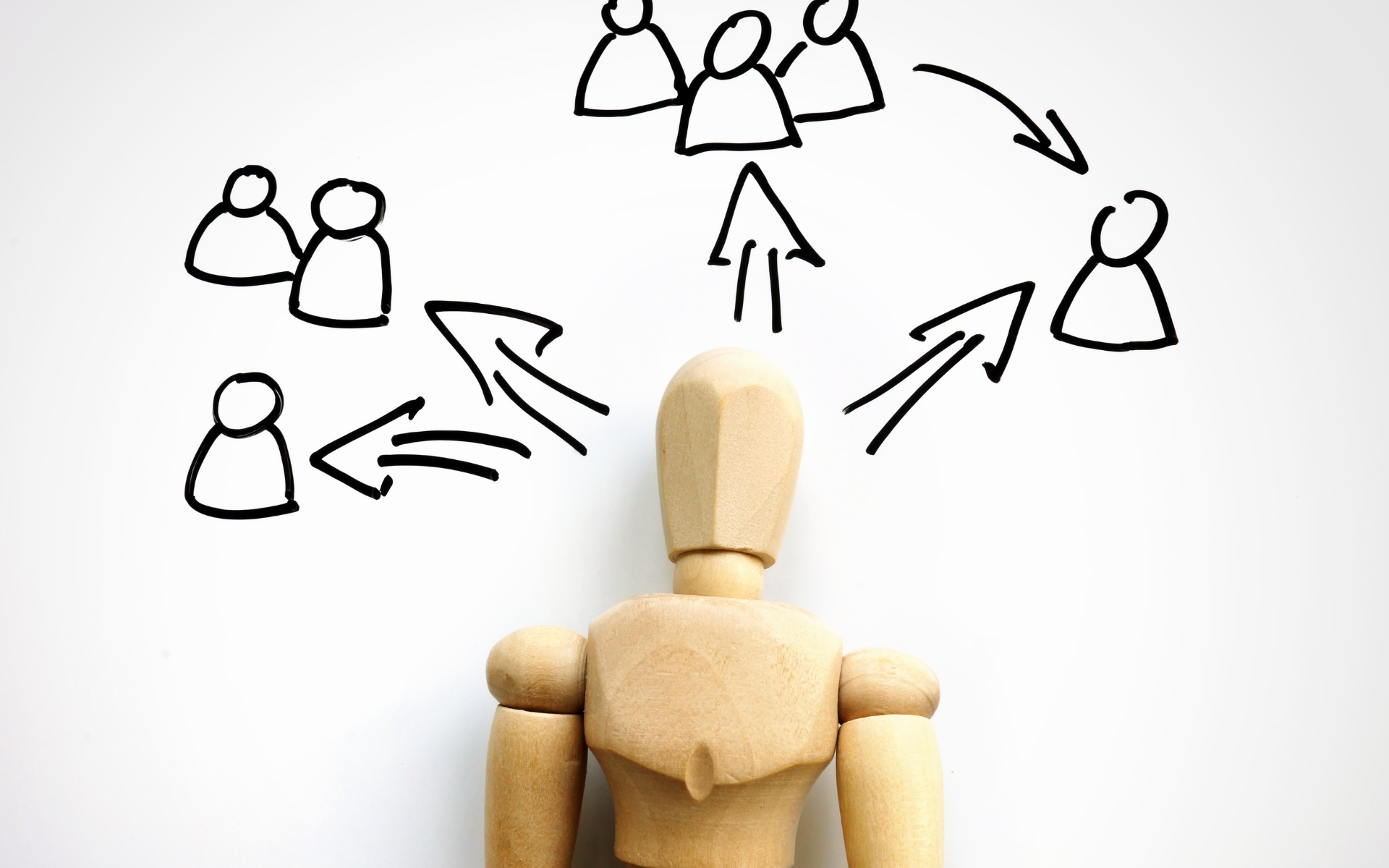The Employee Journey: Cultivating a Positive Experience from Onboarding to Offboarding
The Employee Journey: A Guide to Building a Thriving Workplace Culture

In today's competitive talent market, retaining top performers is a top priority for any organization. But how do you create an environment that fosters loyalty, keeps your employees engaged, and fuels their desire to contribute their best work? The answer lies in prioritizing a positive employee experience throughout the entire employee lifecycle – from the very first day to the final goodbye.
A positive employee experience isn't just about offering ping pong tables and free lunches (although those perks can be a nice bonus!). It's about building a culture of care, connection, and growth. It's about creating an environment where employees feel valued, supported, and empowered to reach their full potential. Studies by Gallup have shown that companies with highly engaged workforces experience a range of benefits, including:
- Increased productivity
- Improved customer satisfaction
- Reduced absenteeism and turnover
- Enhanced innovation
Investing in your employees' experience is an investment in your company's future success. Let's delve deeper into key stages of the employee lifecycle and explore best practices for fostering a positive experience at each touchpoint.
Onboarding: Setting the Stage for Success
The onboarding process is a crucial first impression. A well-structured program sets the tone for a new hire's experience and lays the foundation for long-term success. Here are some best practices to consider:
- Warm Welcome: Create a welcoming environment that goes beyond a simple handshake. Facilitate introductions with colleagues, provide a clear understanding of the company culture, and offer resources to help new hires feel comfortable and supported. Consider creating a buddy system where seasoned employees can mentor newcomers and answer questions.
- Clear Expectations: Outline roles, responsibilities, and performance expectations from the beginning. This transparency fosters a sense of direction and purpose. Don't overload new hires with information – prioritize the most essential details and gradually introduce them to their broader role within the company.
- Ongoing Mentorship: Pair new hires with experienced mentors to provide guidance, answer questions, and offer career advice. This support system fosters confidence and a sense of belonging. Mentorship programs can also benefit experienced employees, allowing them to develop leadership skills and contribute to the growth of others.
Pro Tip: Utilize technology to streamline onboarding. Platforms like Greenhouse or BambooHR can help automate workflows, manage paperwork electronically, and ensure a smooth transition for new hires.
Performance Management: A Collaborative Endeavor
Performance management should be a continuous, collaborative process, not just a yearly check-in. Here's how to create a supportive and growth-oriented approach:
- Regular Feedback: Provide frequent, constructive feedback to help employees understand their strengths and areas for development. Focus on specific examples and offer actionable steps for improvement. Don't wait for annual reviews to address performance concerns – regular feedback allows for course correction and continuous learning.
- Goal Setting: Collaborate with employees to establish measurable and achievable goals that align with individual aspirations and company objectives. SMART goals (Specific, Measurable, Achievable, Relevant, and Time-bound) ensure goals are clear, well-defined, and linked to overall company strategy.
- Open Communication: Maintain an open dialogue with your team members. Encourage them to share their ideas,feedback, and concerns to foster a culture of trust and continuous improvement. Regular check-in meetings and anonymous feedback surveys can create a safe space for open communication.
Pro Tip: Utilize performance management software like Workday or PerformYard to streamline goal setting, track progress, and facilitate regular feedback conversations.
Career Development: Investing in Your People
Employees who see opportunities for growth within the company are more likely to stay engaged and motivated. Here's how to support career development:
- Training & Development Programs: Offer opportunities for employees to learn new skills and broaden their knowledge base through training programs, conferences, or online courses. Invest in their development through professional development funds or tuition reimbursement programs. Consider creating learning paths specific to different departments and career goals. Platforms like Udemy or LinkedIn Learning offer a vast library of online courses on a variety of business and professional development topics.
- Internal Mobility: Facilitate career advancement within your company by creating a clear path for progression and promoting from within whenever possible. Employees who see internal mobility opportunities are more likely to feel valued and invested in the company's long-term success. Develop clear criteria for promotions and ensure transparent communication about internal job openings.
- Recognition & Rewards: Acknowledge and reward achievements to show your employees their hard work is valued. This reinforces positive behaviors and motivates continued excellence. Recognition programs can be formal, like public acknowledgements or awards, or informal, like celebrating team milestones or simply saying "thank you" for a job well done. Tailor recognition to individual preferences – some employees may appreciate public praise, while others may prefer a more private gesture.
Offboarding: A Graceful Farewell
Even when employees decide to move on, a positive offboarding experience can leave a lasting impression and foster goodwill. Here's how to ensure a smooth transition:
- Exit Interviews: Conduct exit interviews to gather feedback on the employee experience. This valuable information can help identify areas for improvement and inform future talent management strategies.
- Clear Communication: Provide clear communication regarding offboarding procedures, including details about returning company property, final paycheck processing, and continuation of benefits (if applicable).
- Stay Connected: Consider maintaining a connection with departing employees, especially high performers. Stay in touch through alumni networks or professional social media platforms. This can be a valuable source for future talent acquisition or potential business partnerships down the line.
How Kassen Can Help
At Kassen, we understand the importance of creating a positive employee experience throughout the entire lifecycle. Our comprehensive suite of human resources solutions can streamline processes, automate tasks, and empower you to focus on building a strong company culture. Here's how our solutions can help at each stage:
- Streamline Onboarding: Our onboarding platform simplifies the process with automated workflows, e-signatures,and seamless integration of payroll and benefits systems. This ensures a smooth transition for new hires and frees up HR professionals to focus on providing personalized support.
- Empower Performance Management: Our performance management software fosters continuous feedback and goal setting with collaborative tools and insightful performance reports. This empowers managers to provide effective coaching and development opportunities for their teams.
- Fuel Career Growth: Our learning management system provides access to a vast library of training resources,allowing employees to pursue their professional development goals at their own pace. This fosters a culture of lifelong learning and empowers employees to take ownership of their career growth.
Investing in Your People Pays Off
By implementing these best practices and leveraging tools like Kassen's solutions, you can create an engaging and fulfilling employee experience that fosters retention, boosts morale, and drives your company's success. Remember,happy and motivated employees are your greatest asset. Invest in their experience, and they'll invest their talent and dedication in your organization. A positive employee experience is an ongoing journey, not a one-time event. By prioritizing your people throughout their entire journey with your company, you can create a thriving workplace culture that attracts top talent, fosters innovation, and fuels long-term success.











